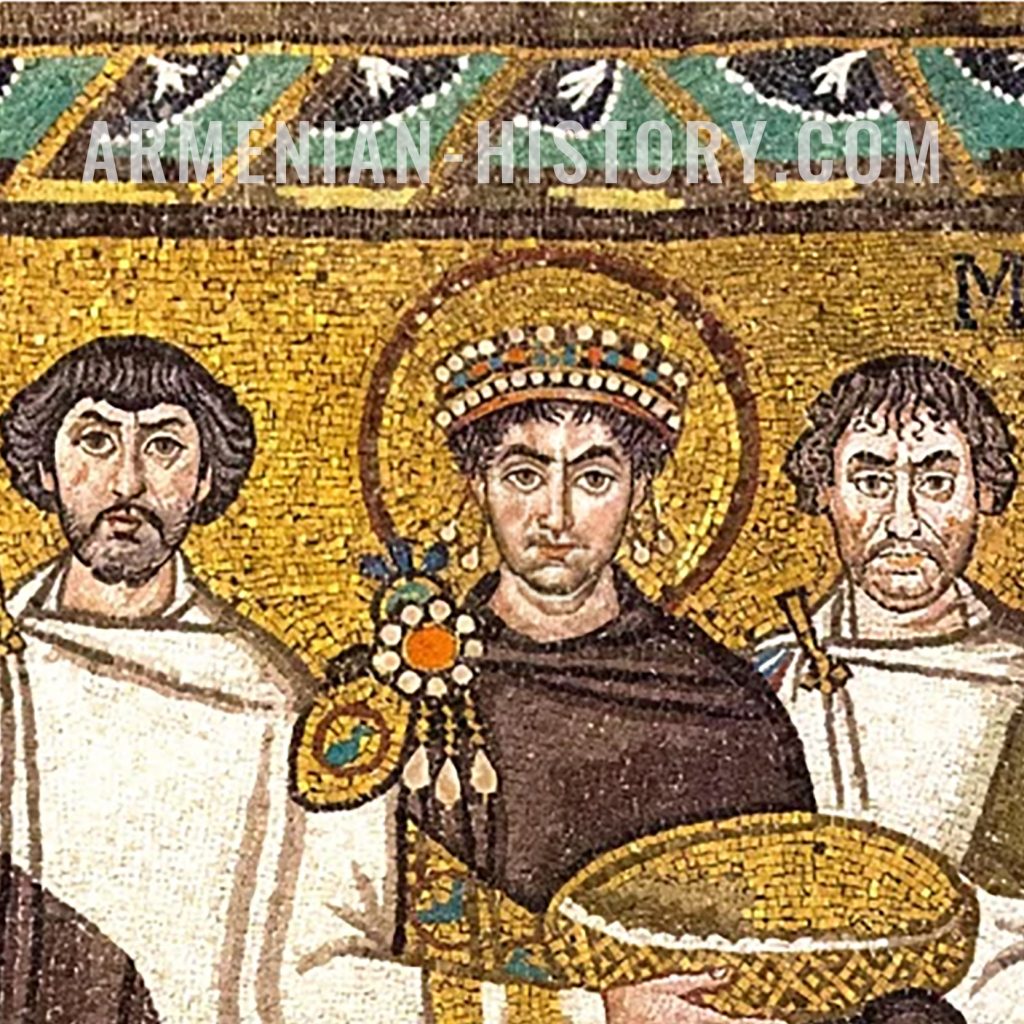Narses the Eunuch (478–573 AD), born in Armenia, became one of the most distinguished generals and statesmen of the Byzantine Empire under Emperor Justinian I. His strategic brilliance played a significant role in shaping the military successes of the Eastern Roman Empire, particularly during the turbulent period of the 6th century.

Early Life and Rise to Power
Narses started his career as a palace eunuch, a common practice in Byzantine courts, where he rose through the ranks due to his loyalty, intellect, and administrative skills. Although initially known for his role in the court, Narses’ military career began to flourish under the rule of Emperor Justinian I, who recognized his potential as a military strategist.
Narses and Justinian’s Reign

Narses was a key figure during the reign of Justinian I, a period marked by efforts to restore the lost territories of the Western Roman Empire. Justinian’s vision, often referred to as the Renovatio Imperii (Restoration of the Empire), aimed to reconquer the western territories, and Narses played an instrumental role in these campaigns.
One of Narses’ most significant contributions was during the Gothic War (535–554 AD), which sought to reclaim Italy from the Ostrogoths. His exceptional leadership and strategic mastery during the Battle of Taginae in 552 AD led to the decisive defeat of the Ostrogothic King Totila, securing Byzantine control over Italy and completing one of the major objectives of Justinian’s campaigns.
Battle of Taginae and Later Victories
Narses’ victory at Taginae is one of the most renowned battles of the Gothic War. His army, though smaller in number, employed superior tactics to outmaneuver and decisively defeat Totila’s forces. This victory allowed the Byzantine Empire to solidify its control over Italy, significantly expanding its influence in the West.
Following the battle, Narses continued to lead successful campaigns, including the Battle of Mons Lactarius in 553 AD, which resulted in the final defeat of the Goths in Italy. Narses remained in Italy for the next decade, governing the newly acquired territories with efficiency, ensuring the Byzantine Empire’s stability in the region.
The Later Years
Despite his military successes, Narses faced political intrigue and opposition within the Byzantine court. Toward the end of his life, rumors circulated about his potential retirement or removal from power due to political disputes with Justinian’s successor, Emperor Justin II. Narses eventually retired to a quieter life, but his legacy as one of the greatest military commanders of the Byzantine Empire remains undeniable.
Legacy and Confusion with Narses Kamsarakan
Narses’ remarkable career has often been confused with Narses Kamsarakan, a noble from the Armenian Kamsarakan family. Although some sources link the two, it is more likely that they were separate individuals, with different roles and contributions in history.

